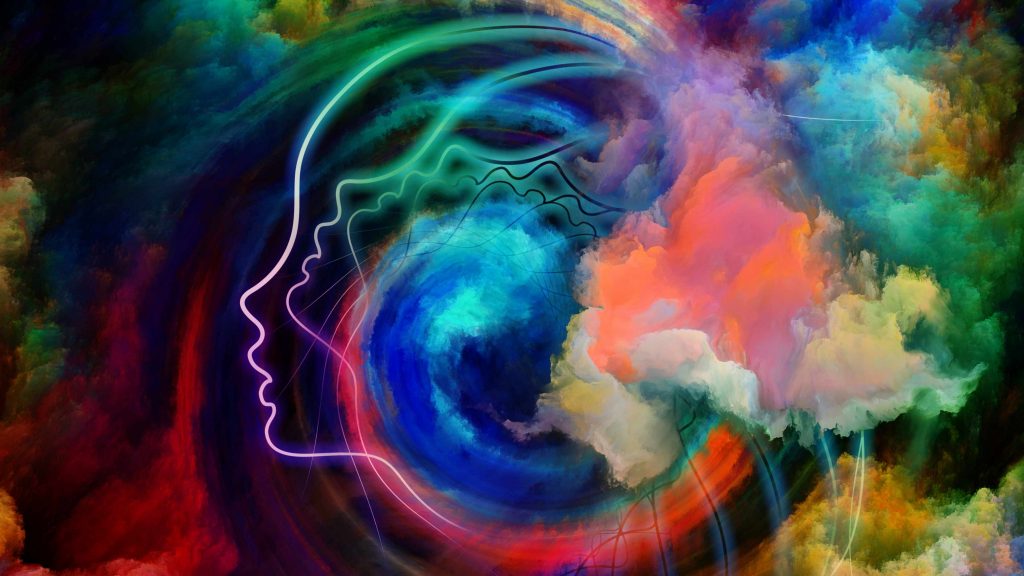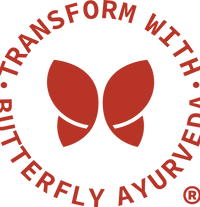
Addiction can be said as a behavioral disorder characterized by the repeated, overwhelming seeking (psychological dependence) or use of a substance even with adverse social, psychological, and/or physical consequences, along with the physical need for an increased amount of a substance as time goes on to achieve the same desired effect.
In the current era, addictions are increasing in many folds. One can be addicted to anything which may be related to physical, mental or financial state or identity. It is a known fact that fundamentally all addictions are similar, even though substances differ in their power to addict. It is often accompanied by tolerance, dependence, and withdrawal syndrome. It is a disorder that requires treatment.
In the language of Medical science, addiction is a primary chronic neurobiological disease, with genetic, psychosocial, and environmental factors being influential in its development and manifestations. It is characterized by behaviors that include one or more: impaired control over drug use, compulsive use, continued use despite harm, and craving. Many causes predominantly include hormones, like, adrenalin & endorphins that are claimed to be associated with this problem inclusive of a habitual state of thrill or such conditions.
Even during the time of physical disorder, Manas (mind) helps in relieving it. But with present day’s lifestyle and stress related environment, human beings are suffering from many psychological disorders. As many as 450 million people suffering from a mental or behavioral disorder. Among them nearly 1 million people commit suicide every year (WHO). So, this balancing nature of mind nowadays is getting deprived under the influence of growing stress and strain in life. Treatment is not absolute in modern science; however, Ayurveda may provide a better treatment modality for controlling or curing these than other existing sciences. Satwavajaya Chikitsa is a unique non-pharmacological approach for treating the mental disorders. It is the first of its kind psychotherapy and if developed, can really prove much useful. So Satwavajaya plays major role to get rid of these problems. So it is very much essential to understand the concept of Satwavajaya Chikitsa. Health is defined as a state of complete physical, mental and social well-being and not merely an absence of disease or infirmity.Manas or Satwa plays an important role in keeping individuals healthy.
According to Ayurveda, mental health is a state of sensorial, mental, intellectual and spiritual well-being. The mental ill health is brought about essentially as a result of unwholesome interaction between the individual and his environment. Accordingly, the main causative factors involved in mental illness are the genetic factors (familial), the personality make-up and the environmental factors. Ayurveda details the subject in a systematic manner and lists eight psychopathology factors that are centrally affected in all psychiatric disorders or manas rogas in varying degrees:
1. Mana- Emotion,mood
2. Budhi- Thought or decision
3. Smriti-Memory and learning
4. Shila-Habits
5. Chesta-Psychomotor function
6. Aachara –Conduct and behavior of individulal
7. Bhakti –Desire
8. Sangyagyana –Orientation
In manas / mental rogas, these are affected / altered at varying degree depending upon the vitiated / altered condition or stage of Mansik dosha, patient’s condition and also on the condition of Sharirik doshas.
Many psychiatric conditions which involve mind and body like Attatvabhinevesha {obsession}, Madatya (alcoholism), Unmada (psychosis) have been explained in relation to this. These may be called as one of the outcomes or parts or types of an addiction, which is a Mansik Awastha or a mental state.
1. The mental state /condition of an individual subsumes the Manas prakriti, doshik prakriti & doshik predominance in the body at the time of consideration. Accordingly, an individual with a particular type of Prakriti may have more or less physical or mental signs and symptoms for a disease in comparison to other persons with different doshik predominance and Prakriti. The outcome of disease may also vary between the two. Similarly, the behavioral peculiarity and his/her likes and dislikes, affinities and addictions are also different for the two. It may be said that the dominance of the dosha and Prakriti plays a decisive role for the show or occurrence of the disease or like condition.
2. Accordingly, it is seen that an individual of Vatik prakriti may have or feel more neurogenic signs and symptoms of a disease than others, with different Prakriti for the same disease. Also, the chances of vitiation of mental state increases more in these people than that of Kapha Prakriti and Pitta Prakriti. It may hypothetically be inferred that chances of getting more affected by the agents causing altered mental state increases in these types of people, than those of Pittaj and Kaphaj respectively.
3. In Ayurveda, a condition named Madatya has been described, which is a type of addiction of alcohol. In this condition, an individual takes excessive alcohol on a regular basis and in an uncontrolled manner. Ayurveda classics give details about the causing agent of this condition i.e. Mada or alcohol (refer to the article on Addiction).The classics also state that systematic use of alcohol, if followed, proves beneficial. However, the rule of thumb that excess of anything is dangerous, is applicable here also. Descriptions are also available about types of alcohol, its characteristics, indications according to Prakriti of an individual and specific methods for intake.
4. Madya (alcohol) is said to be Poushtikta (nutritive), Santushtikar (satisfying) and Bhayanash (fear destructive), if taken properly as per indications. It is also said to be a body immunity enhancer. There are also descriptions about Madayta i.e. alcoholic person as per doshik predominance. However, alcohol is said to be quite contrary to the property of Oja (body immunity).
Madya Guna – Properties of Wine (Alcohol)
Tiksna (penetrating into the tissue), usna (heat producing), ruksa (causing dryness), suksma (capacity to enter into minute pores), amla (sour), vyavayi (spreading all over the body quickly), asukara (quick acting), laghu (easily digestable), vikasi (producing loosening of the joints) and visada (non-unctous, non-greasy)-these are the qualities of Madya (wine).
The qualities of ojas (essence of the dhatus, the protective material of the tissues) are exactly opposite to those of wine. Tiksna and other qualities which bring about abnormalities of the mind and act as causes for termination of life are present in poison also and, of course, in more powerful capacity (degree).
5. The stages of alcoholics/ alcoholism have also been described. The first stage is ‘Harsha’ where the alcohol intake creates pleasure and sensuality and the intellect of a person also increases. The second stage is ‘Tarsa’ where the immunity is partially compromised; the person goes into spheres of risks seized by misunderstanding, acting like a fool and thinking that condition to be happiness. And, the third stage is ‘Bhrama’ where it causes delusions and loss of memory and lack of bodily control of the individual is seen.
6. It is clearly observed that in the different stages of addiction or in different types of addictions, the psychosomatic involvement is predominantly seen. There exist psychosomatic disorders which may be called as ‘Manodahik-vyadhi’ wherein the cause of problem is more mental yet effect is also seen at somatic or body level.
7. Specific treatment guidelines have been advised in Ayurvedic classics, which may be grouped under three categories, i.e. 1. Daiva-vyaprashaya Chikitsa (Divine therapy) 2. Yukti-vyaprashaya chikitsa (Biological therapy) and 3. Sattvavajaya chikitsa (Psychotherapy).
Daiva-vyaprashaya Chikitsa or Divine therapy relates to wearing of specific stones, Japa, Mantra, Pranayama, Yoga and other religious activities that have been advocated on the subjects, whereas; in Sattvavajaya chikitsa or Psychotherapy, assurance therapy (aashvasan chikitsa) is provided, such as, replacement of emotions etc. And, in Yukti-vyaprashaya chikitsa or Biological therapy, Panchakarama, like, bio purificatory practices are done to clean channels of the body followed by palliative therapy with help of proper food, life style and drugs. The Medhya Rasayan group of drugs has been advocated as adoptogenics as well as brain tonics. These work as micro nutrients to the brain, alleviate the diseased condition and bring down the disturbed emotional & mental stage of the subject. The kapikacchu drug has also been used as a natural anti-depressant in some of the conditions. The treatment line is advocated in accordance with addiction, the doshas and the organs involved. In a particular type of addiction, for example, in Alcohol addiction, apart from Medhya Rasayana and other rehabilitative therapies, drugs are also used for correcting liver disorders and provide kidney support for better health management.
8. It may be concluded that in many psychosomatic disorders and related conditions, including, addiction, Ayurveda has time tested answers for their management which are more health oriented than disease oriented. The approach and therapeutics of Ayurveda can be seen as a substantial remedy which is more pragmatic hence cannot be ignored.
Courtsey:
https://www.psychologytoday.com/basics/addiction
Ch 6, A S V.
Charak Samhita

Comments (0)
Back to News